We all take for granted the printed word – books, magazines, newspapers and all those other printed things. However, the ability to create multiple copies of a book was extremely difficult and time consuming.
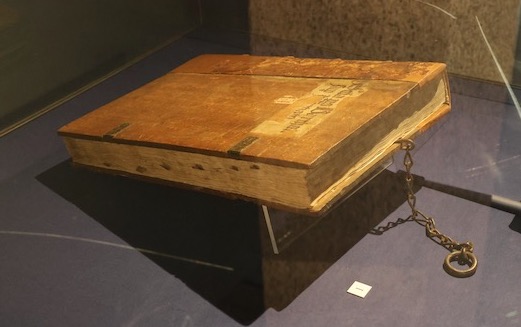
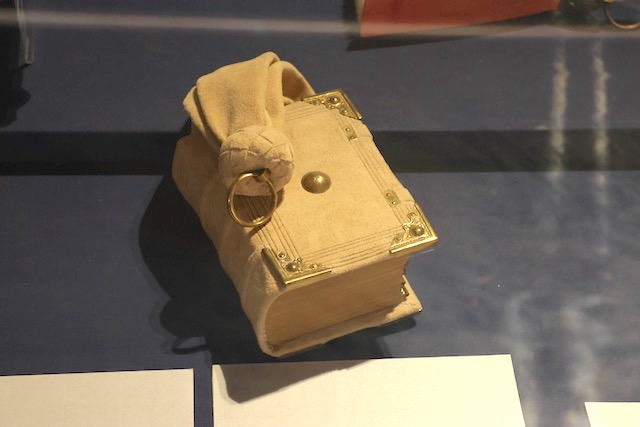
Say you had a copy of a Bible, in the mid 1400’s, and you wanted to make a copy for a friend. Not any easy task. First you had to find a source for the paper (usually vellum as paper as we know it wasn’t around yet), ink and binding materials and then you had to get started on the copy.
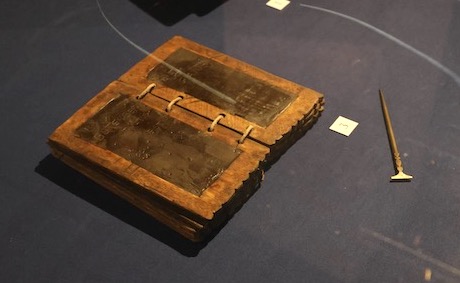
A wax tablet made of wood and covered with a layer of wax. Using the stylus you could etch into the wax a message, drawing or something you want to remember. When you needed to ‘erase’ what you had, you used the other end to smooth off thee wax. An early a reusable and portable writing surface.
Once you found all the materials now you need to find a scribe. A scribe had to be familiar with the writing and how to use writing when making a copy of something. The scribe had to make sure that all the lines were straight and the letters were the same size in each book that they copied. It typically took a scribe as much as fifteen months to copy a Bible.

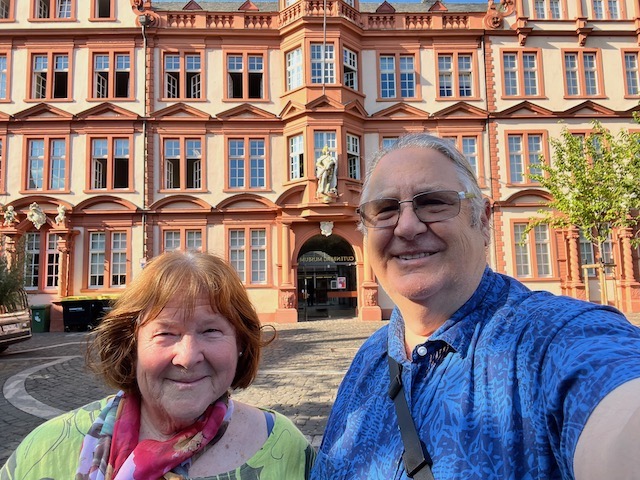
So, along came a guy named Johannes Gutenberg. Born in Mainz Germany at the turn of the century, as in 1400, he developed a technique of moveable type that resulted in the creation of the printing press as we know it today. While he wasn’t actually the first to develop the technique, he was the first to make it a reasonable process. The Chinese had developed printing but their process involved carving all the letters out of wood or clay and with the vast number of characters required made the ‘alphabet’ several thousand pieces! Gutenberg only had 26 characters to deal with so, a much easier process.
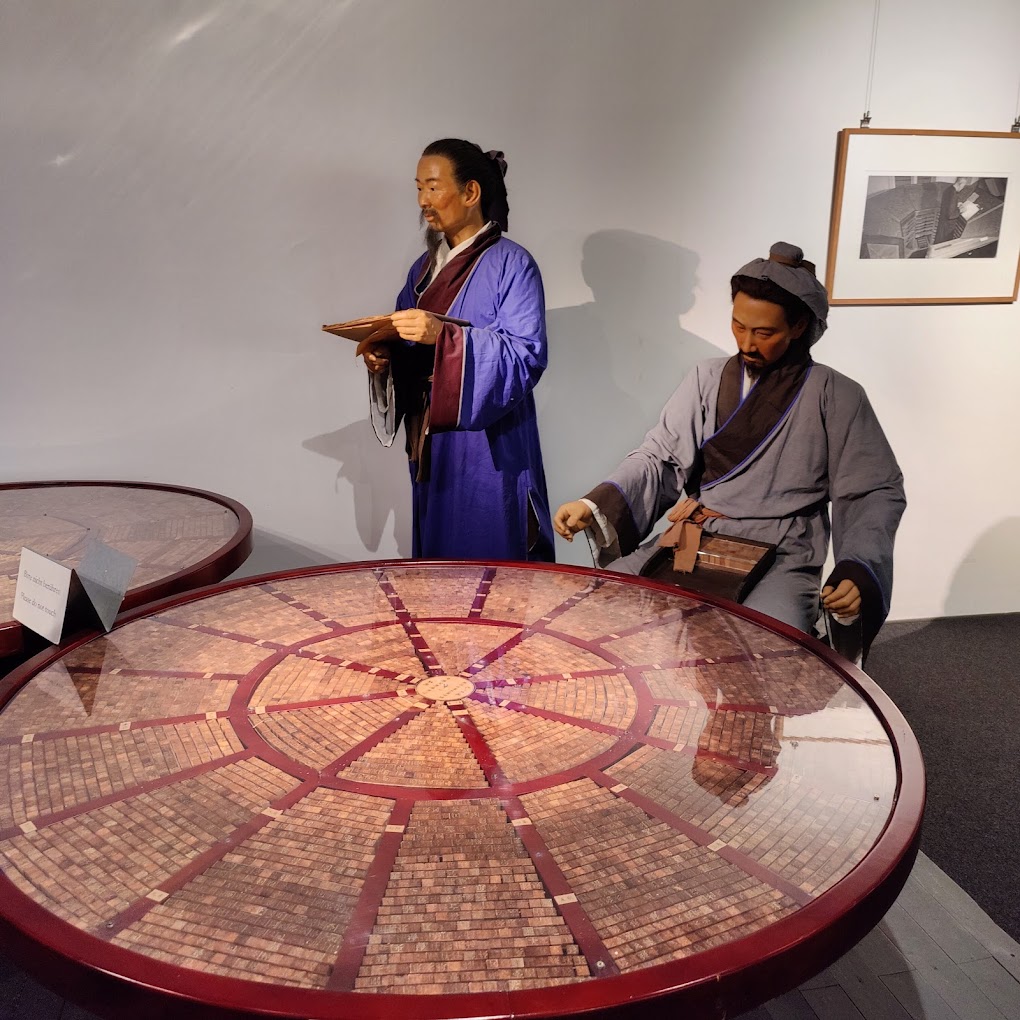
Gutenburg was a German craftsman and inventor and originated a method of printing from with movable type. One of the important things he invented was thought to have included the development of a metal alloythat could melt readily and cool quickly to form durable reusable type. He also created an oil-based ink that could be made sufficiently thick to adhere well to the metal type and transfer well to vellum or paper, and he created a new press.
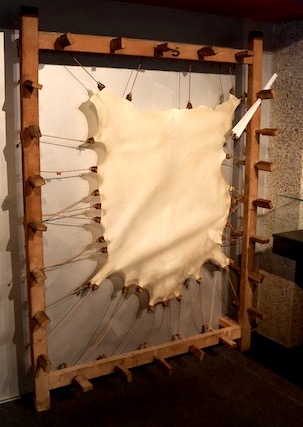
He likely adapted his first press from those used in producing wine, oil, or paper, thus the ability to apply firm and even pressure to printing surfaces. None of these features existed in the European technique up to that time. Gutenberg’s printing press was considered a history-changing invention, making books widely accessible and ushering in an “information revolution.”
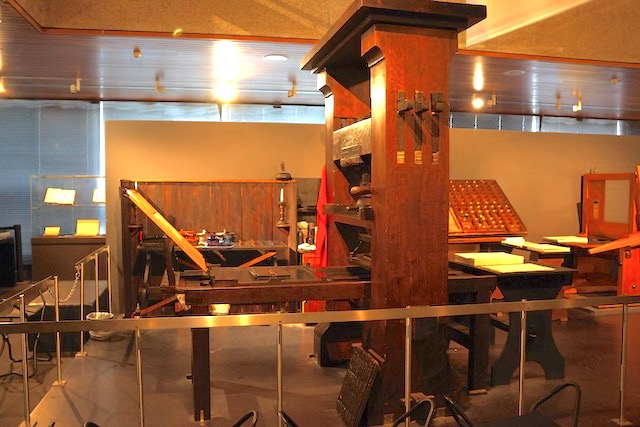
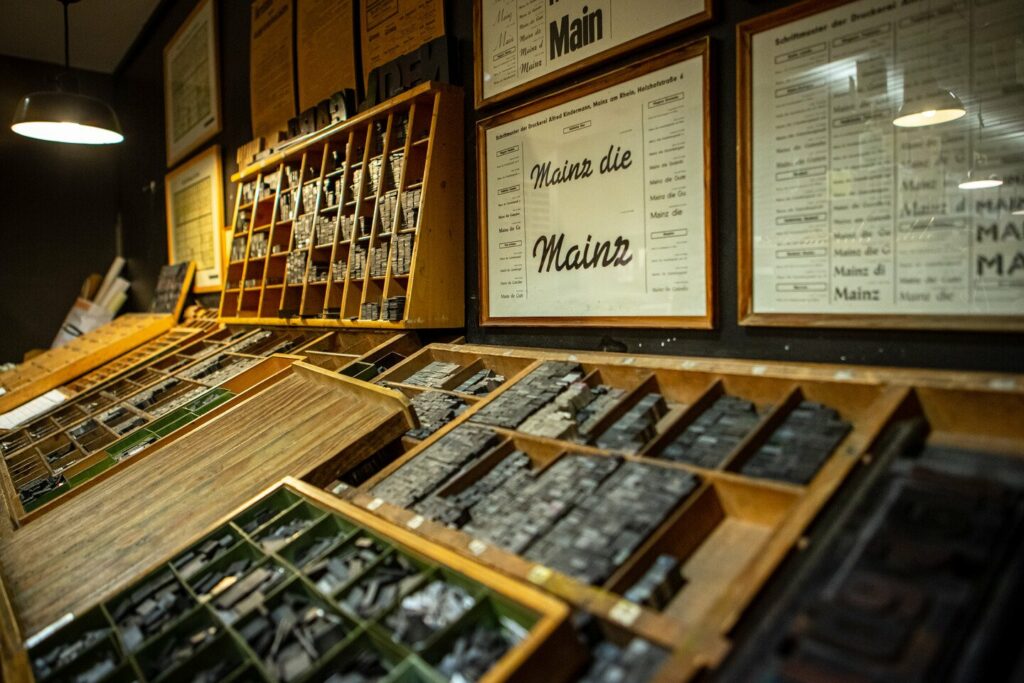
One of the printings that he is most famous for is the Gutenberg Bible. The printing of this book contains 1,286 pages – with 300 pieces of unique types used in the printing and each page containing approximately 2,500 individual pieces of type. It is estimated to have taken three to five years to complete the entire print run of 180 Bibles and each book weighs an average of 14 pounds!
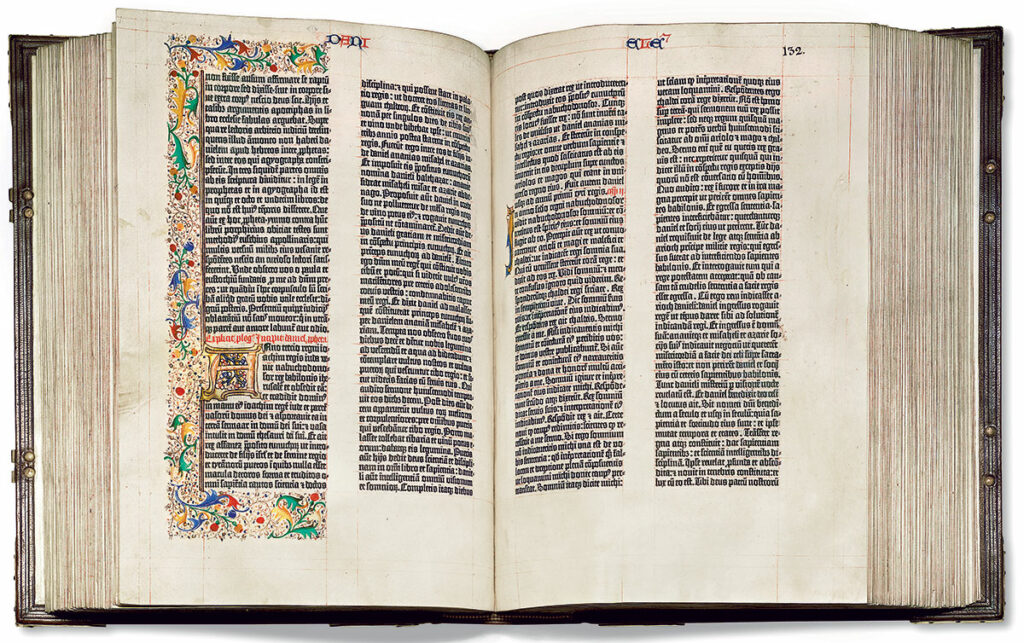
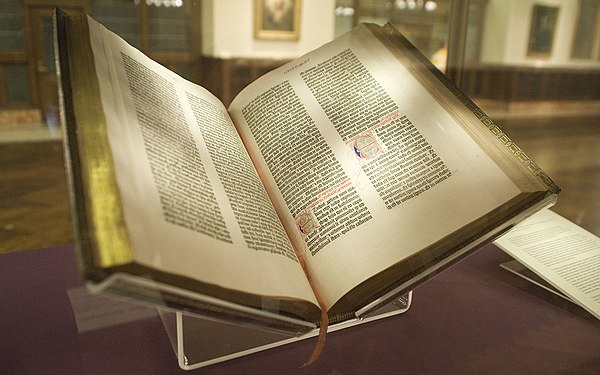
Insofar as we were in Mainz, it seemed like the thing to do would be to visit the Gutenberg Museum. The Gutenberg Museum is one of the oldest museums of printing in the world and was created in 1900 – almost 500 years after he created the printing process.
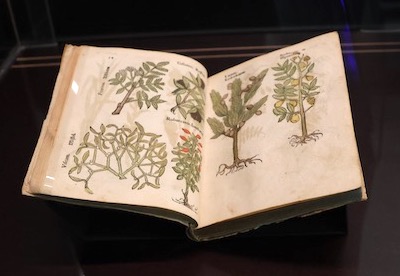
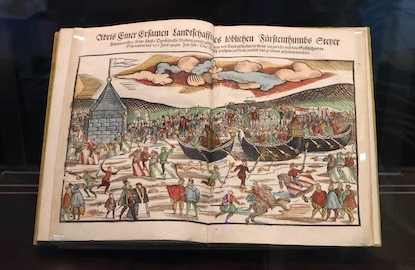
The goal of the museum was to exhibit the writing and printing of as many different cultures as possible. Clearly, they have been successful with this as there are lots of interesting exhibits to see and discover along with a number of printing presses including one that is thought to be a recreation of the original press he used in the 1400’s.
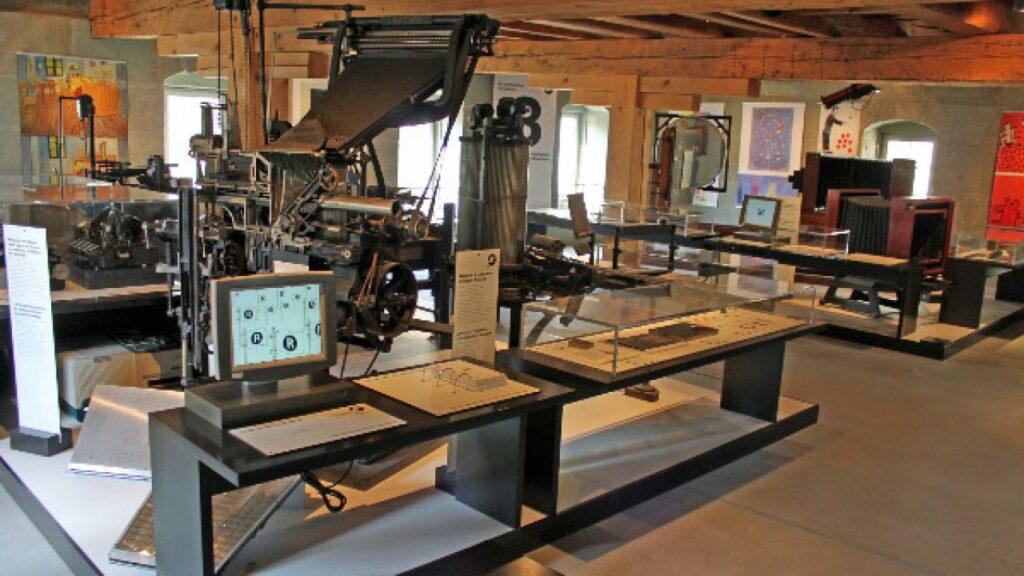
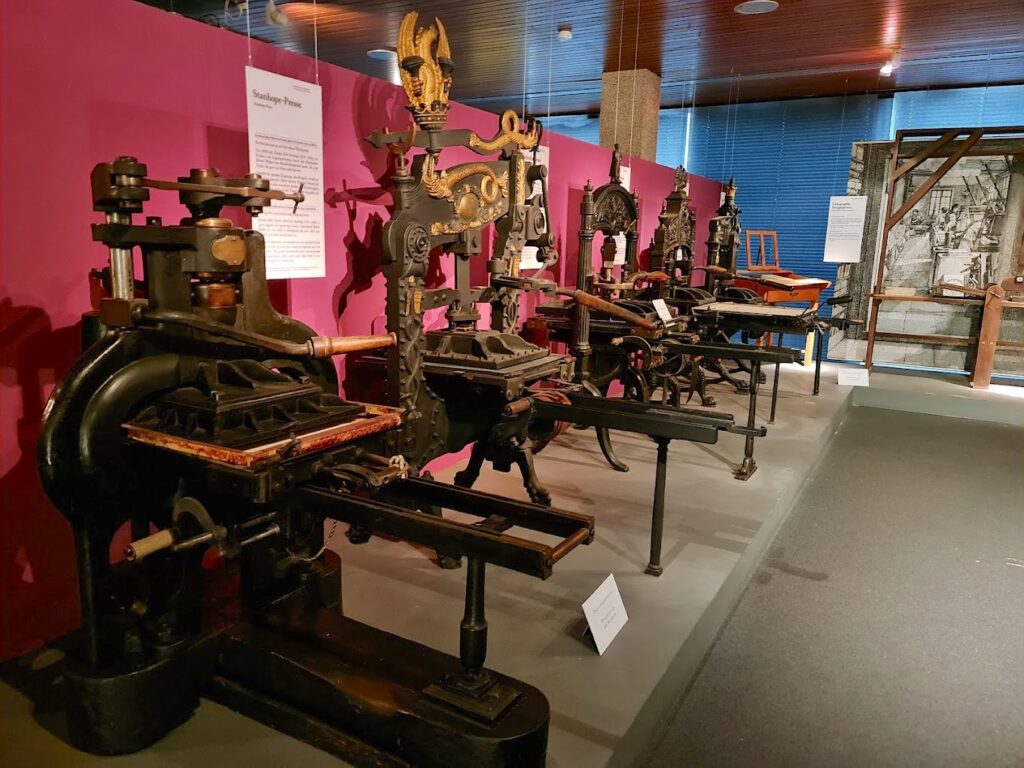
There were a number of printing presses on display – some in operation, others just for show. A demonstration of the original printing press was done periodically during the day.
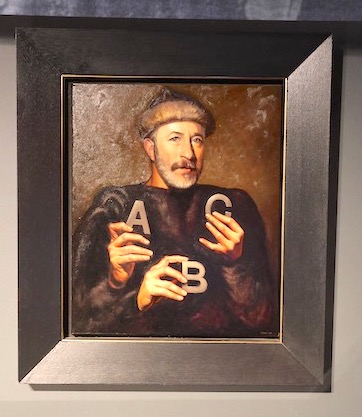
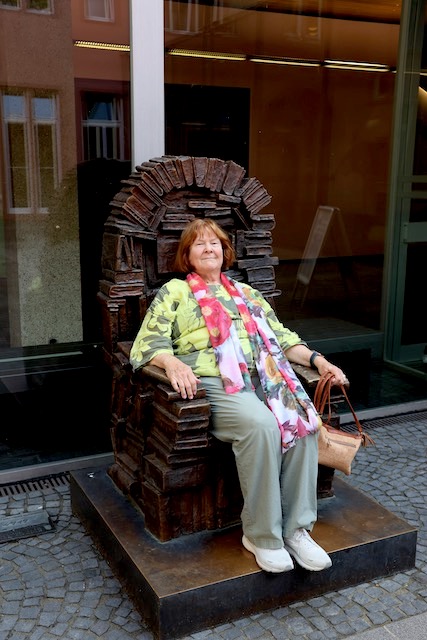
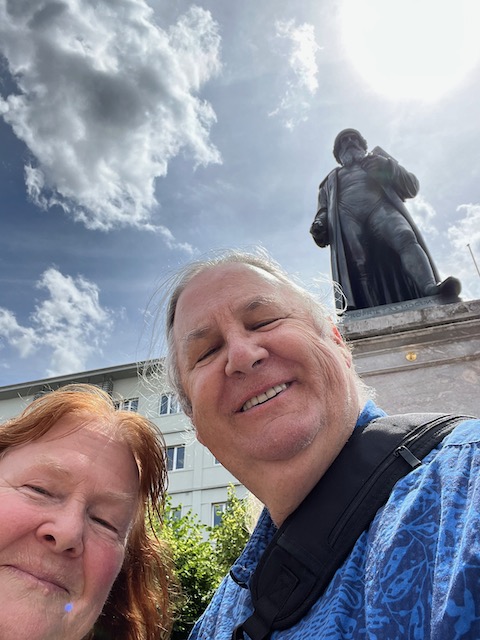
So, if you haven’t figured it out we are now in Germany. Specially we are staying with our son and his family in Mainz – Wiesbaden. This is our final port of call on our current adventure and we will be here for a week or so. However, our adventure has included learning about Gutenberg’s life, the printing process and visiting this very enjoyable Museum. If you are in Mainz, I would urge you to stop in. If you have, please make a comment and share your experience too.